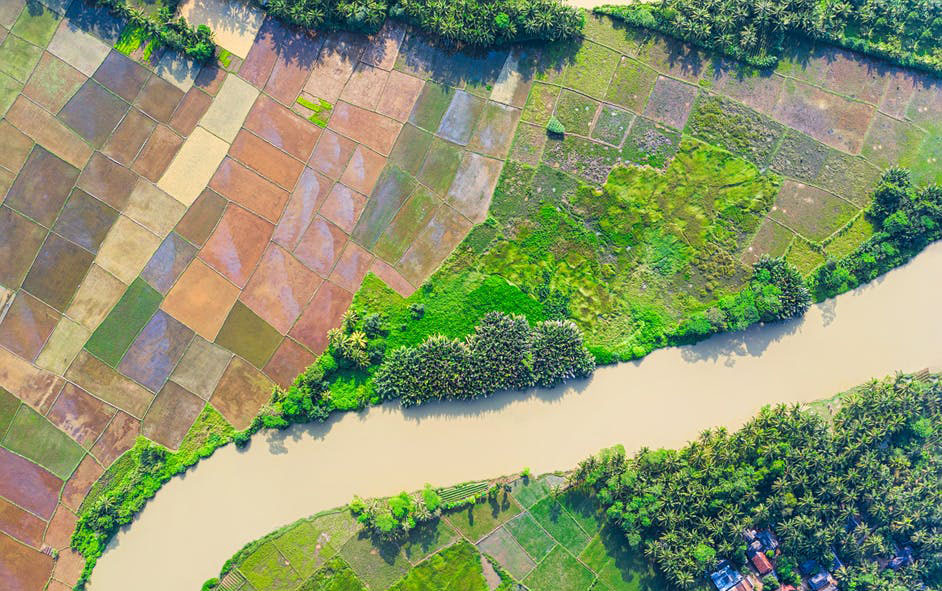In the real estate market, it is often said that the three most important factors are location, location and location. For underwriting, it is essential to also have data on many specific characteristics of the property such as square footage, exterior and interior building materials, roof shape, foundation type and size, the presence of pools or fences -- and there is a lot of buzz in the industry about creating comprehensive property attributes. However, these data points must be associated with the correct address before any adequate analysis can be conducted. This is where geocoding comes into play.
Geocoding provides a set of coordinates for each address, with the goal of allowing the insurer to understand the location of each building that is being insured and its proximity to various peril zones. Geocoding solutions have long been used by insurers for underwriting and risk assessment. Over time, new approaches and technologies have enabled increasing precision as solutions evolved from postal code centroids to street level centroids to land parcel centroids. These geocoding solutions have each endeavored to estimate where the building on each property is located by using crude estimates such as the center of a ZIP code, center of the parcel or side of the street – all of which may be far away from the building’s actual physical location.
Now, enter the most precise geolocation of all: building-based geocoding. With the advent of AI technology and high-resolution geospatial imagery, it has recently become possible to achieve high-precision nationwide building-based geocoding – correctly providing geocodes on top of buildings across the country. The foundation of this solution is a complete and recent set of building footprints (a polygonal representation of the base of each building derived from satellite or aerial imagery), to which a comprehensive set of address points is then attributed. This ensures that each geocode is placed on top of the correct building – not an estimation.
Unfortunately, many insurers still use the older geocoding methods, which result in non-trivial portfolio risk. Recent research conducted by Ecopia.AI revealed an estimated $43 billion of value at-risk across the U.S. resulting from inaccurate geocoding based on earlier, less precise methods. Without accurate location information, underwriters could quote and write property risk based on a completely different set of factors versus what exists in reality. On a given property, the exposure that a building has to various perils might vary significantly based on where it resides.
Two examples illustrate the potential problems with traditional geocoding and the power of building-based geocoding.
In the first example, there may be two homes on adjacent properties on a river. One home may be near the river within the flood zone, while the next home may be farther away from the riverbank and out of the flood zone. In this scenario, the home nearer the river would have a much higher risk of flooding. If underwriters are using the street-level geocoding solutions that were popular in earlier times, or even parcel centroids, the two homes may both be identified as having the same risk profile.
Another example would be two homes that are near a forest subject to wildfire risk. One home may be positioned farther away from the forest on the lot and have a natural firebreak between the structure and the forest edge. The next home may be close by but positioned closer to the forest, diminishing the firebreak. These two homes would have very different fire risk profiles.
Other scenarios may have to do with how close a building is to buildings on adjoining lots, how close they are to a street or highway, how the location on the lot relates to the nearest fire hydrant or many other factors.
See also: 3 Key Enablers for Better Underwriting
Geocoding may seem like a standard capability that every insurer uses, providing no competitive differentiation, but nothing could be further from the truth. The precision offered by building-based geocoding that leverages transformational technologies can produce variations in results that are dramatic.
For a deeper dive into building-based geocoding and its power for insurers, join me on a webinar with Ecopia Tech. Register at this link for Geocoding: The often overlooked foundation of underwriting & risk assessment.








